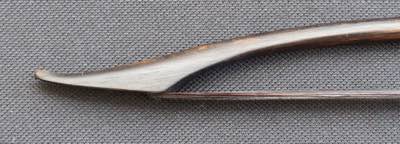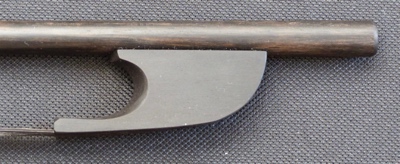Cello bows
Throughout most of the 17th century, most pictures show people playing the cello underhand - like a gamba. Which perhaps influences the choice of bow!
Here is a beech cello bow - 69 grams with this snakewood frog (66 with a boxwood frog), 64 cm long:

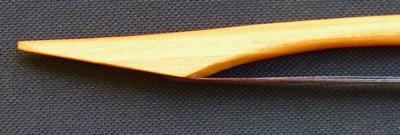
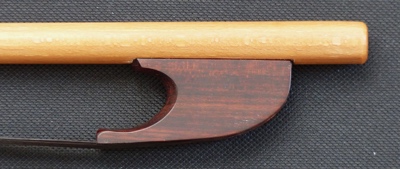
This bow is also available in cherry, yew, plum, pear (or Elsbeer), and maple, each with its own characteristic sound and feel.
Here is a very short cello bow of ebony - 66.8 grams, only 62 cm:

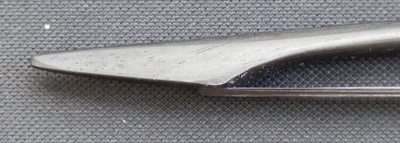
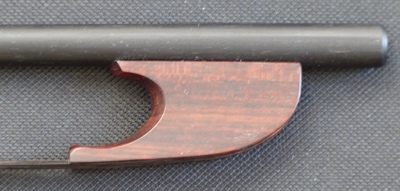
Here is a significantly later model - also from ebony and still with a clip-in frog, but I would estimate appropriate for music from around the middle of the 18th century - this is 63 grams, and 68.5 cm:

